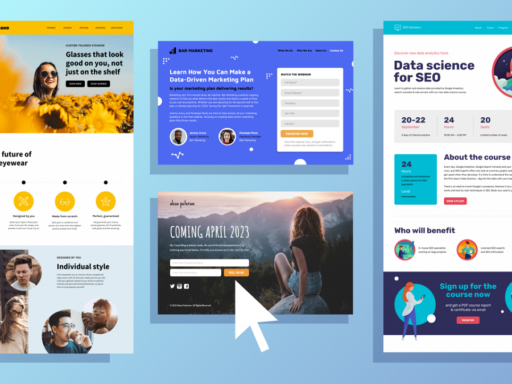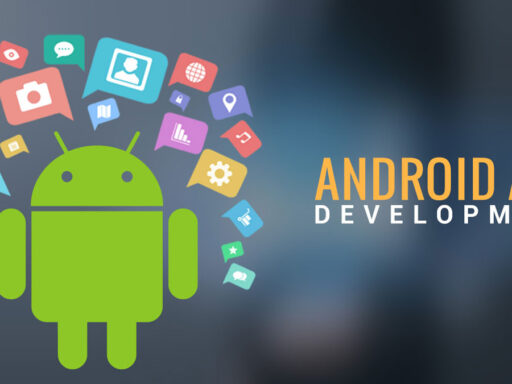1. Definition and Technology
Progressive Web Apps (PWA):
- Definition: PWAs are web applications that use modern web capabilities to deliver an app-like experience to users. They are built using standard web technologies including HTML, CSS, and JavaScript.
- Technology: PWAs rely on service workers, web app manifests, and HTTPS to provide a reliable, fast, and engaging user experience.
Native Android Apps:
- Definition: Native Android apps are developed specifically for the Android operating system using platform-specific languages like Java or Kotlin.
- Technology: They are built using Android SDK, which provides access to a wide range of device features and services.
2. Development
PWAs:
- Development Tools: Developed using web technologies; can be built with popular frameworks like Angular, React, or Vue.js.
- Code Reusability: Single codebase can run on any device with a web browser.
- Ease of Updates: Updates are deployed directly on the web server, and users get the latest version automatically without needing to update an app.
Native Android Apps:
- Development Tools: Developed using Android Studio, which provides comprehensive tools for coding, debugging, and testing.
- Code Reusability: Code is generally platform-specific, but tools like Kotlin Multiplatform can help share some code across platforms.
- Ease of Updates: Users need to download updates from the Google Play Store, which can introduce delays in user adoption.
3. Performance
PWAs:
- Performance: Generally slower than native apps due to the overhead of the web environment, but modern advancements (e.g., service workers, caching) can significantly enhance performance.
- Resource Access: Limited access to device hardware and APIs compared to native apps.
Native Android Apps:
- Performance: Typically faster and more responsive because they run directly on the operating system without the web layer overhead.
- Resource Access: Full access to all device hardware and platform-specific APIs, allowing for more complex and powerful functionalities.
4. User Experience
PWAs:
- Installation: Can be installed from the web without going through an app store, creating a seamless installation process.
- Offline Capabilities: Service workers enable offline functionality, but it may not be as robust as native apps.
- Look and Feel: Can mimic the look and feel of native apps, but there might be subtle differences in UI/UX.
Native Android Apps:
- Installation: Installed through the Google Play Store, providing a trusted and familiar process for users.
- Offline Capabilities: Full offline capabilities are easily implemented, providing a consistent user experience regardless of connectivity.
- Look and Feel: Can fully leverage the Android design guidelines (Material Design) for a native look and feel, offering a superior and consistent user experience.
5. Distribution and Discoverability
PWAs:
- Distribution: No need for an app store; users can discover and install PWAs directly from their web browser.
- Discoverability: Limited to search engines and web browsing; lacks the visibility provided by app stores.
Native Android Apps:
- Distribution: Distributed through the Google Play Store, which is a trusted source for users.
- Discoverability: Enhanced discoverability through app store searches, categories, and recommendations.
6. Security
PWAs:
- Security: Rely on HTTPS to secure data in transit. Service workers must be served over HTTPS.
- Permissions: Have limited access to device features, reducing the risk of security issues.
Native Android Apps:
- Security: Can implement robust security measures, including encryption and secure data storage.
- Permissions: Need to request permissions from users to access sensitive device features, which can be a point of vulnerability if not managed correctly.
7. Development and Maintenance Cost
PWAs:
- Cost: Generally lower development and maintenance costs due to a single codebase that works across platforms.
- Maintenance: Easier to maintain as updates are centralized on the web server.
Native Android Apps:
- Cost: Higher development costs due to the need for platform-specific development.
- Maintenance: Each platform requires separate updates and maintenance efforts.







